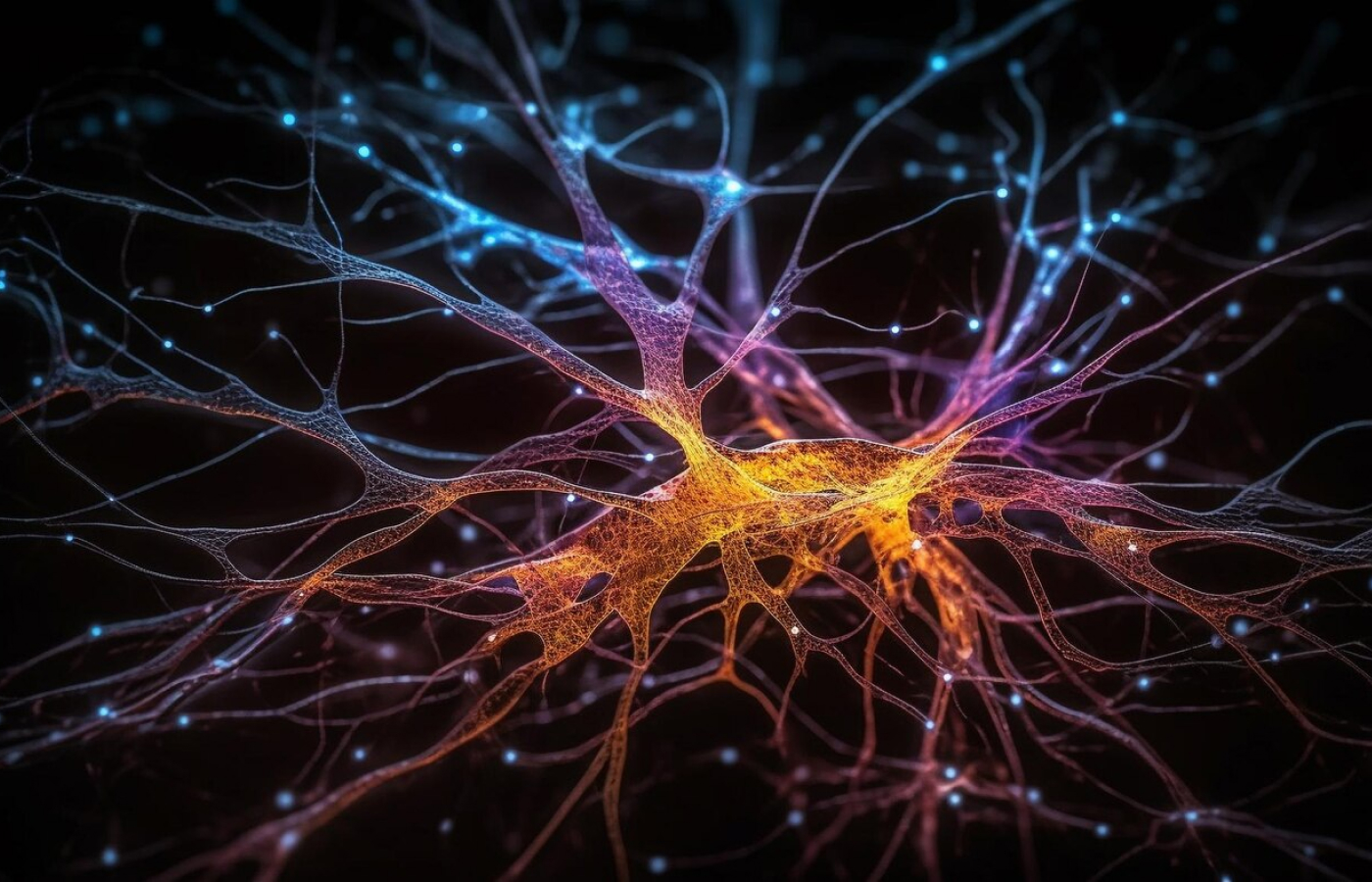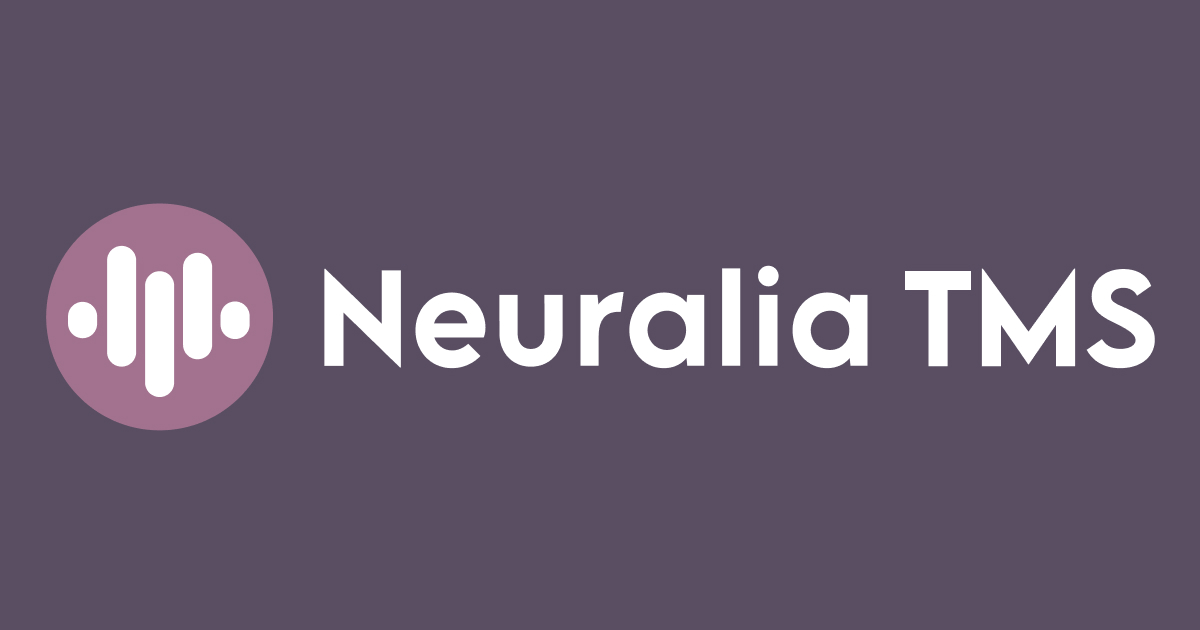Neuralia TMS
Australia, Perth
TMS: What is Transcranial Magnetic Stimulation Therapy?

Main Services:
Trancranial Magnetic Stimulation, TMS, rTMS, Psychiatry, Mental health services, Depression Treatments, Drug Free treatments, Medicare covered treatments, Drug-free Depression treatments

Neuralia TMS
Neuralia TMS is a leading TMS specialist, operating six clinics throughout metropolitan and regional Perth. TMS is an effective, alternative, drug-free treatment for Depression, PTSD, OCD, and Chronic Pain. It leverages high-strength magnetic fields to stimulate nerves in specific brain areas, often underactive in mental illness or pain, providing a safe, non-invasive, and long-lasting solution, more efficacious than traditional medications like antidepressants Neuralia’s vision is to provide access to TMS and other next-generation effective treatments (e.g., tDCS, ketamine, psychedelics) to as many Australians as possible.
What is TMS?
Transcranial magnetic stimulation (TMS) therapy is a non-invasive form of brain stimulation used to treat depression and many other conditions. This therapy uses magnetic fields to stimulate and target specific areas of the brain. With repeated treatments, brain activity can be increased while neural connections can grow and strengthen – stimulating the brain’s inherent neuroplasticity.
TMS therapy’s use of magnetic fields to stimulate nerve cells in the brain offers an alternative treatment for various mental health disorders, including depression, obsessive-compulsive disorder (OCD), and post-traumatic stress disorder (PTSD), among others.
At Neuralia TMS in Perth, WA, we believe in holistic mental health care, and making it accessible. Our team of experienced healthcare professionals puts your well-being at the forefront of our services. We pride ourselves on our commitment to personalised TMS treatment plans that can positively change your mental health.
In this article, we’ll cover the basic science behind TMS therapy, the treatment process, TMS uses and applications, as well as TMS benefits, risks and limitations.
The Science Behind TMS Therapy
It’s essential to understand that TMS uses magnetic fields, distinguishing it from other forms of brain stimulation. Unlike electroconvulsive therapy (ECT), which utilises electrical stimulation to induce a controlled seizure while the patient is under general anaesthesia, TMS therapy harnesses the power of magnetic fields generated by a magnetic coil placed close to the head.
This coil produces a changing magnetic field that penetrates the skull, targeting specific areas of the brain, notably the dorsolateral prefrontal cortex. The repetitive transcranial magnetic stimulation (rTMS) technique involves sending repeated magnetic pulses to this region.
Regular (up to five times per week) left rTMS, or more specifically, low-frequency rTMS has been shown to have therapeutic effects. The underlying principle of TMS and rTMS technology is based on electromagnetic therapy, which changes brain cell activity through magnetic brain stimulation.
TMS therapy, sometimes called electromagnetic transcranial stimulation, offers a non-invasive, long-lasting approach to brain therapy.
The Process and Effects of TMS
The initial course of TMS typically involves a series of treatment sessions carried out 5 times a week, for 4 to 6 weeks. These sessions take place in a specialised TMS suite using dedicated TMS devices. Your response to the treatment is continuously monitored and adjusted where necessary.
During a TMS session, an electromagnetic coil is placed above the patient’s head in the correct position or against the scalp. This coil delivers magnetic pulses that stimulate nerve cells in the region of the brain involved in mood control and depression, specifically targeting the dorsolateral prefrontal cortex. This method activates regions of the brain that have decreased activity due to depression or other conditions.
After each session, patients can return to their normal daily activities. There are no restrictions on eating before or after a session, and no medications are prescribed. You’ll be awake for the entire session, and you’ll be able to drive yourself home. Some individuals may experience a headache briefly after treatments, but between treatments, most patients can work and drive as usual.
Treatment duration
While the original rTMS pattern took 37 minutes but has since been optimised to between 5-20 minutes. The stimulation intensity (dose) is carefully calibrated during the treatment to ensure optimal results.
TMS Effects
The effects of TMS are profound. Many patients report significant improvements after their course of treatment.
Adam Stern from Harvard Health reports that “50% to 60% of people with depression who have tried and failed to receive benefit from medications experience a clinically meaningful response with TMS”, while Mandy Erickson of Stanford Medicine indicates that accelerated TMS “caused remission in 79% of trial with severe depression”.
What diseases can TMS treat? Uses and Applications
TMS uses and applications include, but are not limited to:
– Depression: TMS is primarily known for its effectiveness in treating major depressive disorder, especially in cases where traditional treatments and pharmacological interventions have failed.
– OCD: Some studies suggest that TMS can be beneficial for those suffering from OCD. The use of TMS for the treatment of OCD involves targeting specific areas of the brain, often identified through MRI scans, to modulate neural activity.
– Migraine: TMS can be used as a treatment for migraines, particularly those with aura (sensory disturbances).
– Stroke Rehabilitation: TMS has been explored as a tool to aid in the recovery of motor skills after a stroke.
– Tinnitus: Some patients with chronic ringing in the ears, or tinnitus, have found relief through TMS therapy.
– PTSD: Preliminary research indicates that TMS may be effective in alleviating the symptoms of PTSD.
– Parkinson’s Disease: There is ongoing research into the potential of TMS to improve motor symptoms in Parkinson’s patients.
Benefits of TMS as a Treatment for Depression
In the realm of mental health treatments, TMS stands out as a promising and effective treatment for depression. TMS offers a hopeful alternative to those who haven’t found relief through traditional methods or pharmacological interventions. It’s especially beneficial for patients with medication-resistant (drug-resistant) or treatment-resistant depression (TRD), where standard antidepressant medication and psychotherapy haven’t yielded the desired results. Moreover, the process has been approved as a treatment for depression by regulatory bodies, making it a viable treatment option for many.
Patients undergoing TMS for depression often report significant improvements in their mental health. The treatment is particularly effective for those with long-term depression or refractory depression, which hasn’t responded to other treatments.
Enhanced Efficacy and Comprehensive Treatment Approaches with TMS
Since its public introduction in 1985, TMS has not only stood its ground as a formidable contender in treating depression but has also evolved, notably with the advent of Deep TMS, which utilises a cushioned helmet to regulate wider and deeper brain regions, enhancing precision in modulating neural activity.
The effectiveness of TMS, underscored by consistent findings from studies and meta-analyses, is particularly pronounced in addressing treatment-resistant depression (TRD) and OCD, achieving response and remission rates that are compellingly comparable to psychotherapy and medication. Furthermore, the safety profile of TMS is commendable, typically presenting mild side effects, and without the risk of dependence or withdrawal symptoms often associated with antidepressant medications.
An integrative approach, combining TMS with psychotherapy, has been spotlighted for its superior clinical outcomes, achieving up to a 55% remission rate, thereby not positioning TMS as a standalone treatment but rather a pivotal component in a comprehensive, multimodal treatment plan for depression.
This holistic approach, which also encompasses Deep TMS – FDA-cleared for conditions like major depressive disorder and obsessive-compulsive disorder – further broadens the therapeutic landscape, providing enriched, patient-centric treatment pathways for managing mental health conditions.
Clinical Trials and Approvals
Navigating through the labyrinth of clinical trials and approvals, TMS has carved out a notable position in the therapeutic landscape. The Food and Drug Administration (FDA) in the United States permits the marketing of transcranial magnetic stimulation devices, underscoring its recognition as a viable treatment modality.
This approval followed rigorous clinical trials, ensuring the safety and efficacy of TMS machines and systems in treating certain mental health conditions. For example, the FDA has not only approved the Brainsway Deep TMS machine, but it has also acknowledged its efficacy and safety in treating diverse conditions, notably OCD. This approval was substantiated by a pivotal clinical trial, demonstrating a 38% response rate in patients utilising the Brainsway device.
The National Institutes of Health (NIH) and the Institute for Health and Care Excellence have also acknowledged the potential of TMS, further propelling its adoption across various TMS clinics. rTMS devices and machines have undergone their own set of trials, validating the technology and its application in the realm of neuropsychiatric treatment.
TMS training for healthcare professionals ensures the safe and effective deployment of this technology, enhancing its reach and impact in the clinical setting.
TMS in Australia
The use of TMS in Australia has witnessed a surge, with clinics offering this innovative treatment in major cities like Perth, Melbourne and Sydney. TMS treatment cost in Australia can vary, and while it might be a consideration for some, the potential benefits of this non-invasive therapy often outweigh the financial aspect, especially when considering its efficacy in managing mental health. Notably, TMS treatments have been approved and are covered by Medicare, so be sure to speak to your qualified healthcare professional about financing options.
The multifaceted utility of TMS, from treating psychiatric conditions to exploring its potential in neurological rehabilitation, underscores its versatility and efficacy in the realm of neurotherapeutic research and application.
Risks and Potential Side Effects of TMS
While TMS therapy is generally considered safe and well tolerated, it can cause some side effects. Common side effects include:
– scalp discomfort
– headache
– pain at the treatment site
– tingling
– spasms or twitching of facial muscles
– lightheadedness.
However, these side effects are typically mild to moderate and improve shortly after a session. More serious side effects, although rare, can include fainting, seizures, emotional highs (mania), and hearing loss if the ears aren’t well-protected during treatment. Seizures are extremely rare and recent studies have shown that most antidepressants have a higher rate of seizure than TMS. The average risk is believed to be 1 seizure per 50,0000-60,000 sessions in patients without seizure risk factors such as brain lesions or epilepsy (Rossi et al 2009, Lerner et al 2019).
Safety considerations, such as thorough pre-assessment and ongoing monitoring, are paramount and involve a thorough assessment to mitigate any potential risks associated with TMS side effects.
It is crucial for patients and healthcare providers to engage in a detailed discussion regarding these aspects to ensure that the treatment is not only effective but also safely administered.
Limitations
The TMS journey is not without its limitations. While it is a suitable and effective treatment option for many, there are scenarios where a patient may not be a suitable candidate for TMS. For example, individuals with non-removable metal in or near the head (excluding braces and dental fillings), or those with a history of seizures.
Your TMS team will conduct a thorough review of your medical history and consult with your referring GP and/or psychiatrist before designing your tailored TMS treatment plan. Based on your initial evaluation, your TMS consultant will let you know if it’s safe for you to proceed with TMS treatments. ‘
Costs
Neuralia TMS is proud to announce that as of March 2023, we will be the first multi-site TMS specific service to offer a no out-of-pocket Medicare option for treatment resistant depression. With Neuralia TMS, Medicare will cover 100% of the cost of treatment for eligible patients. This is applicable for all TMS treatment sessions & TMS psychiatrist reviews.
How to be referred?
Your GP can refer to us for TMS therapy. A team member will contact you to book your first appointment. GPs can refer via healthlink, fax or email using a standard referral letter. GPs can also access a secure online referral form via the QR code or our website: neuraliatms.com.au/referrals
Contact us
If you’re ready to start your journey towards healing through TMS therapy, contact Neuralia TMS in Perth today at 08 6230 3996 or send us an email at info@neuralia.com.au



